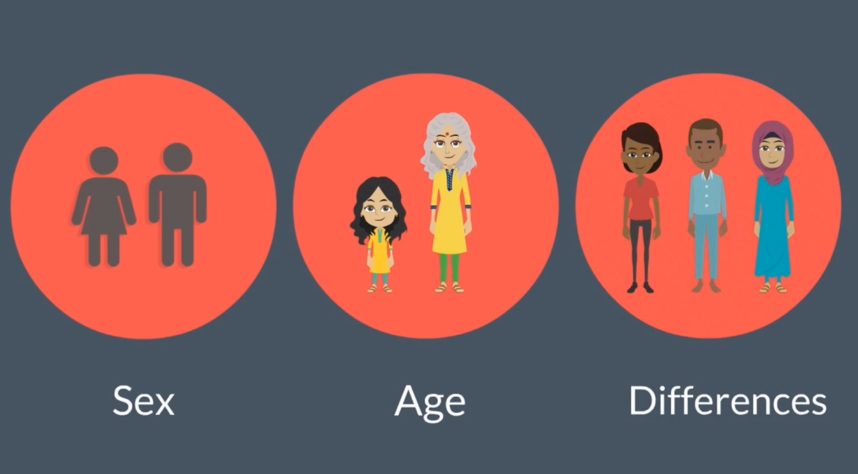
Hi all! I’m Brittany Iskarpatyoti; I serve as the editor of the Feminist Issues in Evaluation TIG newsletter and work for MEASURE Evaluation- a project funded by the United States Agency for International Development (USAID) that strengthens health information systems in low-resource settings. I work in the gender portfolio and I want to share a bit about what we’ve found when it comes to the availability and use of gender data.
Gender data is getting a lot of international attention over the last couple of years from projects like data2x and Melinda Gates’ $80 million commitment to closing gender data gaps to ensure equitable outcomes for girls and women. But how is that attention really affecting data collection and use?
Lesson Learned: Data, like cars, are all about supply and demand
Sex disaggregation is among the low-hanging fruit when it comes to gender data. Even so, large gaps remain in the collection and use of such data. That’s because the availability and use of disaggregated data are tied to their perceived value and resulting demand. Value and demand is influenced by the type of data, their perceived utility, the added burden to collect and analyze them, and the enabling environment—including the priorities of funders and national governments. But, like cars on a lot, just because the dealership wants it to move doesn’t mean it will sell.
Lesson Learned: If you build it, they still might not come
Gender is increasingly included in funder policies and national strategies, but those goals and principles are not easily brought down to the programmatic level. While funders may have reporting requirements that call for data disaggregation, decision makers we interviewed said they don’t see the need in areas like immunization, despite the external pressure. It’s not enough to create policies on data disaggregation or add boxes to forms. Efforts to educate and build capacity for this requirement must reach those who are affected at all levels of the health system. Creating interest in and value recognition for data disaggregation will generate more sustainable production and use in complex interventions.
Rad Resources:
While increased funder interest may spark national governments to move toward disaggregation, don’t ignore bringing on board those who collect and use the data. Given the need to create interest and build capacity, here are some great resources from MEASURE Evaluation that may help:
- The Gender In Series: Six briefs that explore gender implications of various health data and suggest indicators to reveal and explain gender gaps in health outcomes.
- Toolkit for Integrating Gender in the Monitoring and Evaluation of Health Programs: This toolkit aims to help international health programs integrate a gender perspective in their M&E activities, measures, and reporting.
- Gender Matters: A fun three-minute that covers the quick and dirty of gender and M&E!
The American Evaluation Association is celebrating Feminist Issues in Evaluation (FIE) TIG Week with our colleagues in the FIE Topical Interest Group. The contributions all this week to aea365 come from our FIE TIG members. Do you have questions, concerns, kudos, or content to extend this aea365 contribution? Please add them in the comments section for this post on the aea365 webpage so that we may enrich our community of practice. Would you like to submit an aea365 Tip? Please send a note of interest to aea365@eval.org. aea365 is sponsored by the American Evaluation Association and provides a Tip-a-Day by and for evaluators.


Hello – thanks for your post. I’m curious what you mean by “low resource settings”. I’ve heard the term used to define hospital capacity, i.e. that limited resources means, for example, limited capacity to improve individual health outcomes and/or community health. I haven’t been comfortable with this notion, but is that a widely understood definition, or do you use the term differently? Thanks.